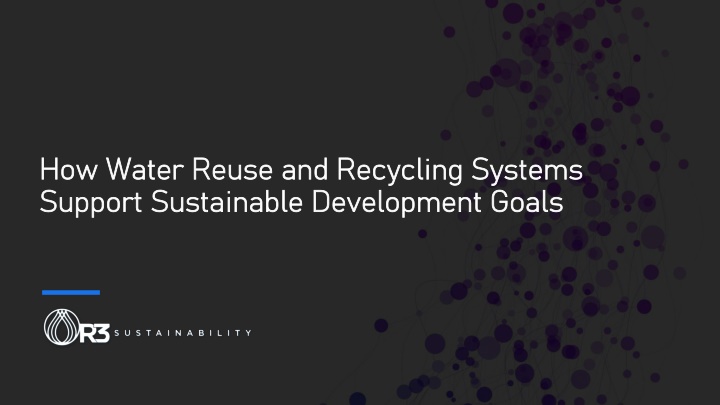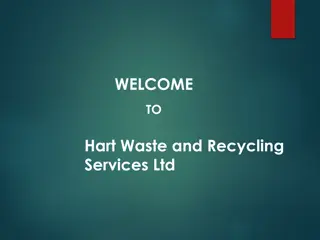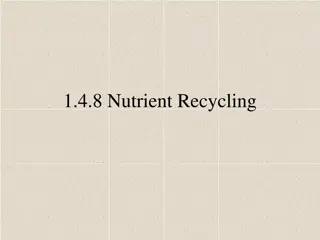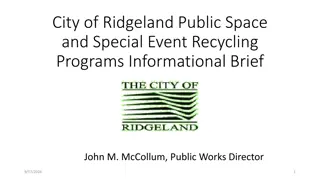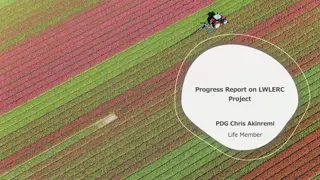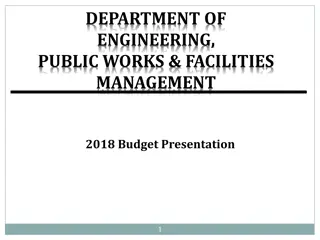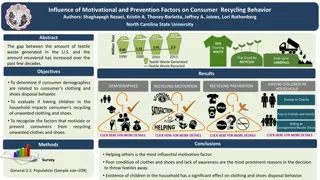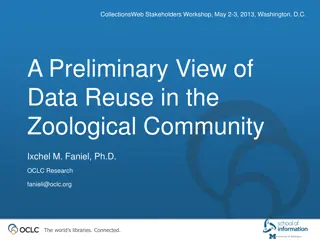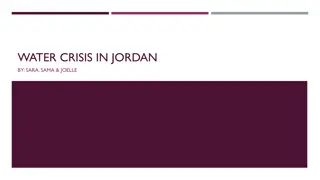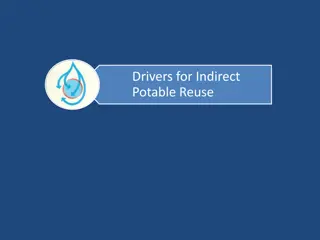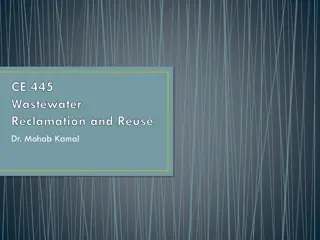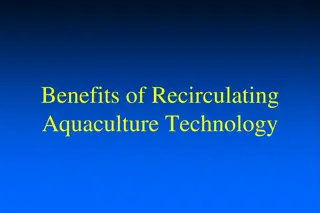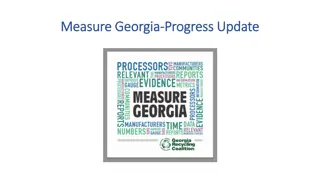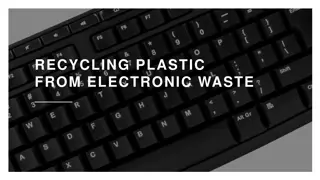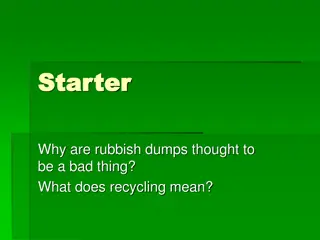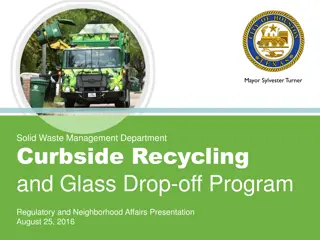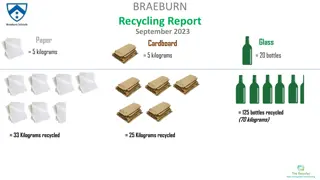How Water Reuse and Recycling Systems Support Sustainable Development Goals
Discover how water reuse and recycling systems support Sustainable Development Goals (SDGs) by enhancing water security, promoting sustainable cities, reducing industrial water waste, combating climate change, and protecting aquatic ecosystems.
Download Presentation

Please find below an Image/Link to download the presentation.
The content on the website is provided AS IS for your information and personal use only. It may not be sold, licensed, or shared on other websites without obtaining consent from the author.If you encounter any issues during the download, it is possible that the publisher has removed the file from their server.
You are allowed to download the files provided on this website for personal or commercial use, subject to the condition that they are used lawfully. All files are the property of their respective owners.
The content on the website is provided AS IS for your information and personal use only. It may not be sold, licensed, or shared on other websites without obtaining consent from the author.
E N D
Presentation Transcript
How Water Reuse and Recycling Systems How Water Reuse and Recycling Systems Support Sustainable Development Goals Support Sustainable Development Goals
An Overview An Overview Water is a critical resource for sustainable development, and its efficient use is essential for ensuring environmental, social, and economic stability. Water reuse and recycling systems play a key role in supporting the United Nations Sustainable Development Goals (SDGs) by conserving water, reducing pollution, and promoting sustainable industrial and urban practices.
How Water Reuse and Recycling Systems Drive How Water Reuse and Recycling Systems Drive Sustainable Development: Sustainable Development: ADVANCING CLEAN WATER AND SANITATION (SDG 6) SUPPORTING SUSTAINABLE CITIES AND COMMUNITIES (SDG 11) PROMOTING RESPONSIBLE CONSUMPTION AND PRODUCTION (SDG 12) COMBATING CLIMATE CHANGE (SDG 13) PROTECTING LIFE BELOW WATER (SDG 14)
Advancing Clean Water and Sanitation (SDG 6) Advancing Clean Water and Sanitation (SDG 6) Water reuse and recycling systems help improve water availability by treating wastewater and repurposing it for irrigation, industrial processes, and even potable use in some cases. This ensures access to clean water in water-scarce regions and reduces dependence on freshwater sources.
Supporting Sustainable Cities and Communities (SDG 11) Supporting Sustainable Cities and Communities (SDG 11) Urban areas generate vast amounts of wastewater, which can be effectively treated and reused to meet non-potable water needs. Implementing water recycling in buildings, parks, and industrial zones reduces stress on municipal water supplies and promotes resilient, eco-friendly cities.
Promoting Responsible Consumption and Production Promoting Responsible Consumption and Production (SDG 12) (SDG 12) Industries consume large volumes of water, often leading to excessive waste. Water recycling technologies enable businesses to reduce water intake, cut operational costs, and minimize their environmental footprint, fostering a more sustainable production cycle.
Combating Climate Change (SDG 13) Combating Climate Change (SDG 13) Water reuse reduces the need for energy-intensive freshwater extraction and treatment processes. By lowering energy consumption, it decreases greenhouse gas emissions, contributing to climate change mitigation efforts.
Protecting Life Below Water (SDG 14) Protecting Life Below Water (SDG 14) Untreated wastewater discharge is a major cause of water pollution. Recycling and reusing treated water reduces contamination in rivers, lakes, and oceans, helping to preserve aquatic ecosystems and biodiversity.
Conclusion Conclusion Water reuse and recycling systems are vital for achieving global sustainability goals. By integrating these solutions, communities and industries can conserve water, reduce pollution, and build a more sustainable future.
THANKYOU THANKYOU CONTACT US CONTACT US +1-720-222-4739 info@r3sustainability.com INFO@R3SUSTAINABILITY.COM www.r3sustainability.com WWW.R3SUSTAINABILITY.COM
